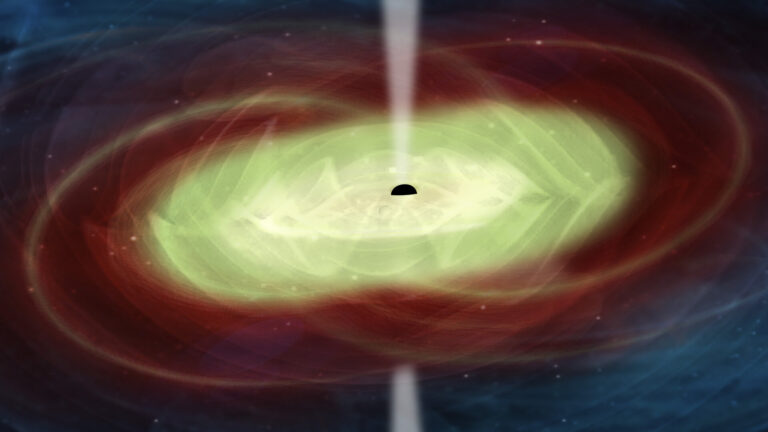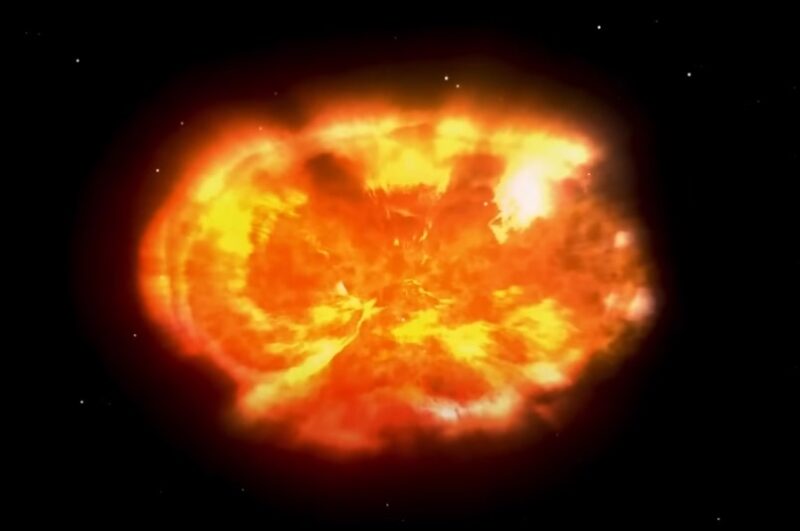The T Coronae Borealis, or the ‘Blaze Star’, is one of the most interesting phenomena in the field of astronomy.
This recurrent nova, nestled in the constellation of Corona Borealis, offers a rare spectacle in the night sky. Since we are still waiting for the eruption to happen, I feel it is important to outline several things.
Things like the significance, astronomical background, and observational strategies for the T Coronae Borealis Nova.
Let’s discuss it.
What is About to Happen?
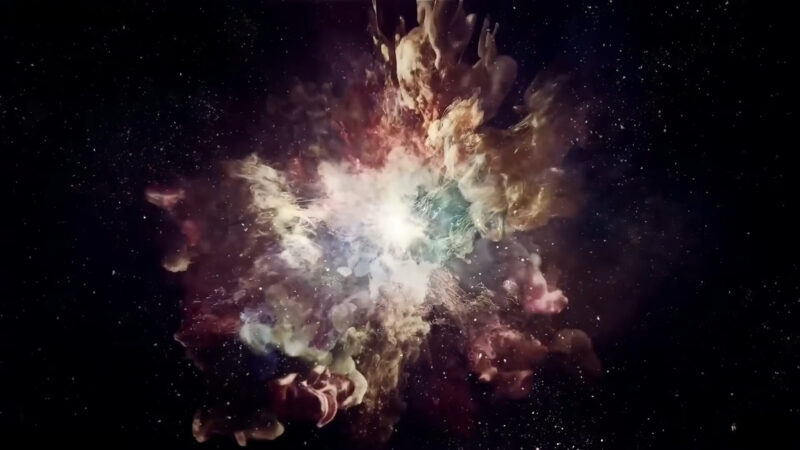
As we approach the expected timeframe of its next eruption, the astronomical community and enthusiasts alike are filled with anticipation. Predictions place the next outburst of T Coronae Borealis between now and September 2024.
The upcoming event is projected to be as bright as the North Star, making it an accessible and striking feature in the night sky.
The visibility and brightness of this nova make it a prime candidate for observations, offering an opportunity for both professional astronomers and amateur stargazers to witness and study a relatively rare astronomical event.
Such events not only contribute to our scientific understanding but also offer a spectacular show, reminding us of the dynamic and ever-changing nature of the universe.
Astronomical Background
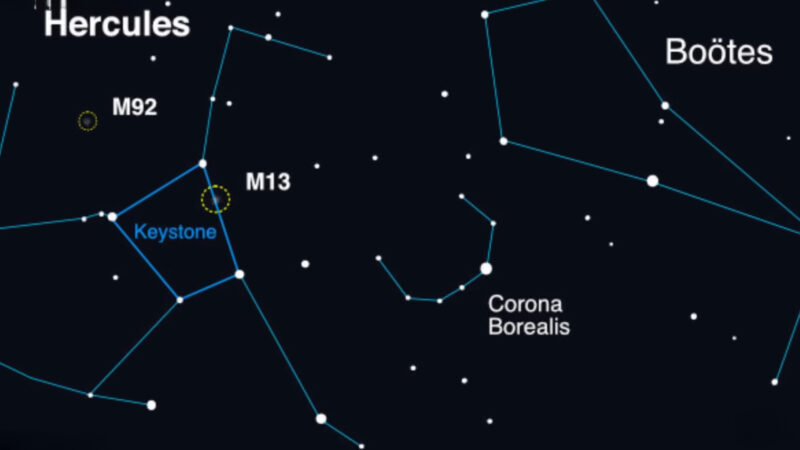
T Coronae Borealis, often addressed as the ‘Blaze Star’, is a fascinating binary star system located approximately 3,000 light years from Earth in the Milky Way galaxy.
This system comprises a white dwarf and a red giant star. The white dwarf, a dense remnant of a star that has exhausted most of its nuclear fuel, exerts a powerful gravitational pull.
This force draws in material from its larger companion, the red giant, which has swollen and cooled to extend its outer layers.
The interaction between these two stars is not just a spectacle of celestial mechanics but also the precursor to a dramatic astronomical event—the Nova explosion.
The process begins when the white dwarf accumulates enough material from the red giant to trigger a thermonuclear explosion.
Accumulated hydrogen on the surface of the white dwarf undergoes a rapid fusion, releasing an immense amount of energy and causing the system to brighten dramatically.
Historical Context
T Coronae Borealis has captured the attention of astronomers since its first recorded eruption in 1866.
Subsequent outbursts were noted in 1946, and the star has since been under scrutiny due to its periodic nature. The nova is known to erupt approximately every 80 years, although this can vary slightly.
Each of these eruptions provides a unique opportunity to study the mechanisms of novae and the dynamics of binary star systems.
Historically, the observations of these outbursts have been critical in developing our understanding of stellar evolution and explosions.
The documentation by various astronomers over the centuries has enriched the scientific community’s knowledge.
Plus, it enhanced our capabilities in predicting future events. Significant astronomical events, such as the outbursts of T Coronae Borealis, are always important for observational astronomy.
Not to mention that they usually come hand-in-hand with a major technological advancement.
Observation and Equipment
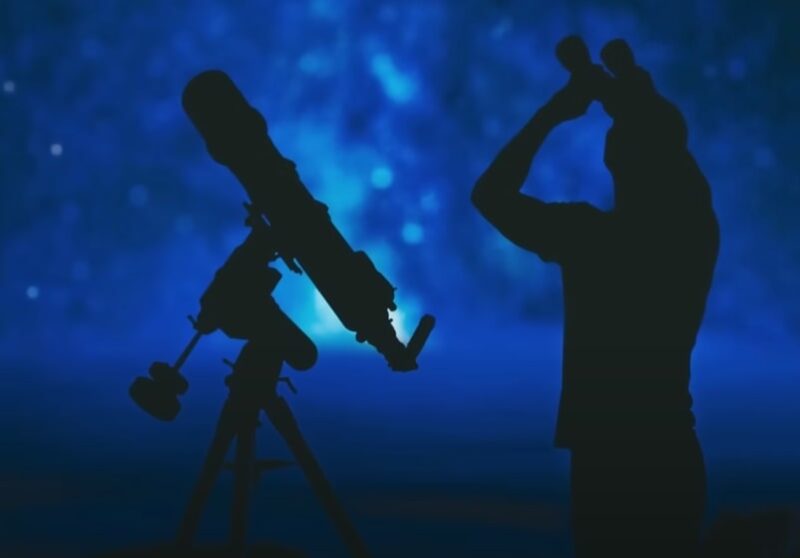
Observing the T Coronae Borealis Nova can be a rewarding experience for anyone with an interest in the night sky.
The nova is expected to be visible to the naked eye, with its brightness rivaling that of the North Star.
For the best viewing experience, observers should find a location away from city lights, ideally during a new moon when the sky is darkest.
For those who want to delve deeper, binoculars will enhance the visibility of the nova, while a telescope can provide a more detailed view of the star system and its surroundings.
Using a telescope equipped with a camera can allow for astrophotography, capturing detailed images of the nova as it unfolds.
The key to successful observation is clear skies and minimal light pollution, so choosing the right time and place is essential for a good viewing experience.
Summary
The upcoming eruption of the T Coronae Borealis Nova presents a spectacle that beckons both seasoned astronomers and casual observers alike.
Personally, I cannot wait to witness it.







